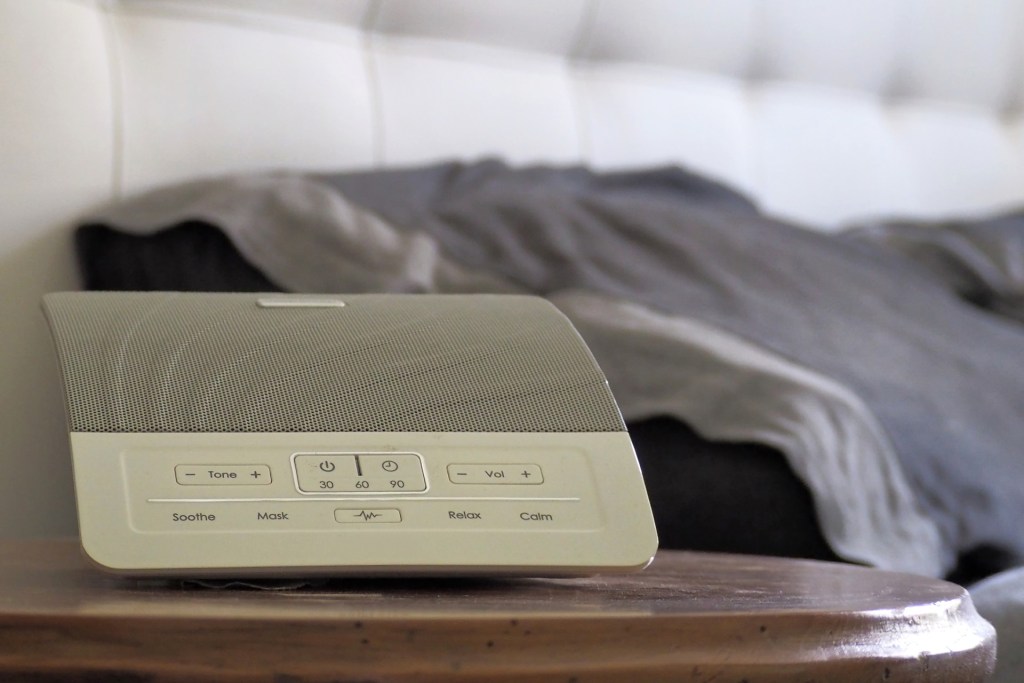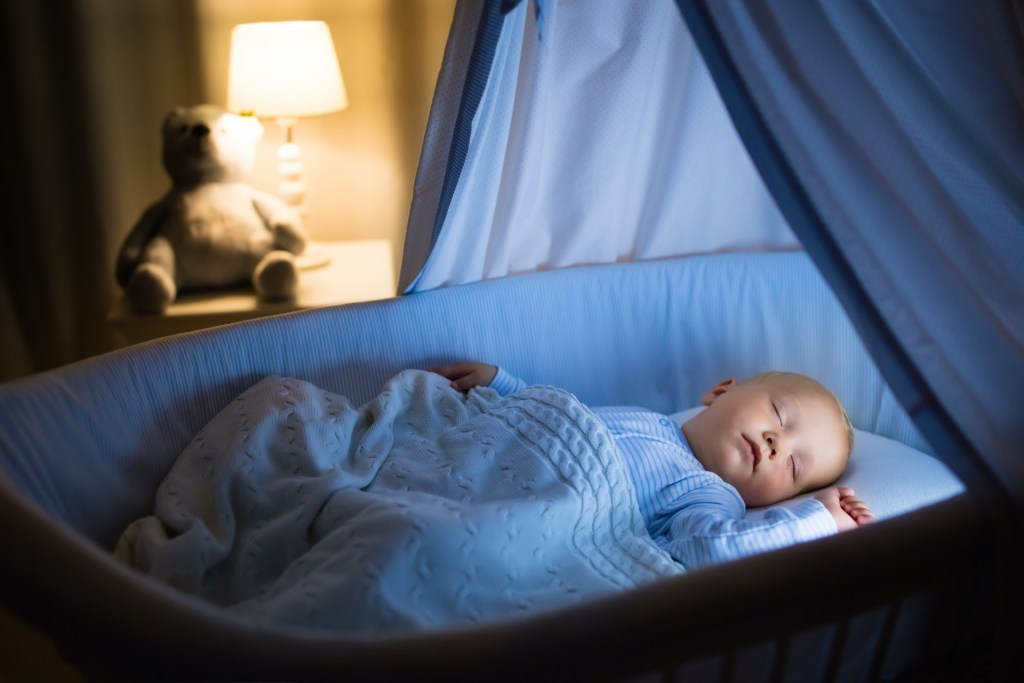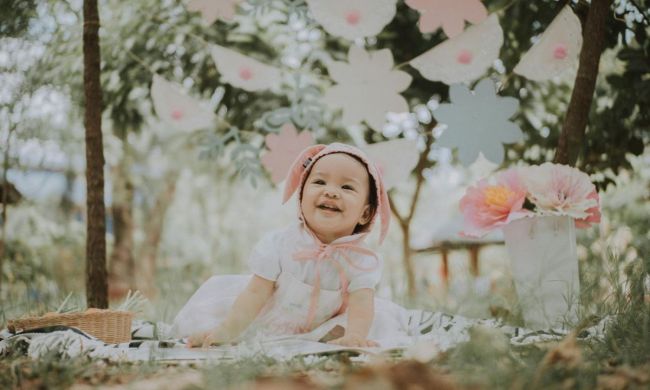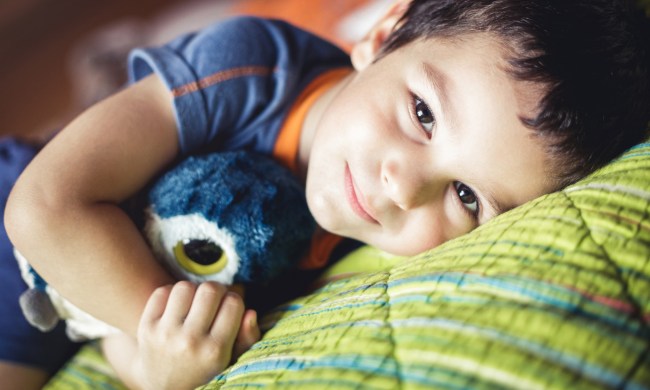A relaxed and sleeping infant is a precious sight to behold, especially to an overly tired parent. As any seasoned veteran will tell you, getting a child to sleep can be something akin to walking a tightrope — one wrong move and it’s all over. Getting little ones to sleep not only requires routine and familiarity, but also a sense of calm and comfort. Babies are creatures of habit and rely on the familiarity of a routine to help them understand what is coming next — and they often thrive when one is followed.
If you are currently struggling with your baby’s sleep schedule, are expecting and want to be prepared ahead of time, or know a parent who is on the market for a sound machine for their kiddos, you may be wondering, “Are sound machines good for babies and should I buy one?” While that answer is certainly up to each individual parent, we have some insight to share about what to look for when researching and purchasing one and input from experts about the general use of sound machines for children.

What is a sound machine?
For those who are not aware of what a sound machine is, it’s a type of sound maker, much like a radio, that plays prerecorded music and sounds for a programmed amount of time. The sounds can vary from machine to machine, but they all essentially do the same thing. The purpose of a sound machine is to play ambient background music or noise to help troubled sleepers drift off to dreamland. Many adults use these machines regularly, but using them for babies is a newer trend that has been catching on in the past few years.
What kind of sounds should I play for my baby?
It is important to keep in mind that music, transitioning sounds like thunderstorms, or crashing waves may not be the best sounds to play for your little one at bedtime. It’s recommended that parents utilize soft showers, white noise settings, or faint lullabies and melodies when placing their babies into their cribs for bed. Low, soft, and steady sounds work best for fussy infants.

What should you look for in a sound machine?
If you’ve made it this far, you are likely facing difficulty with a stubborn baby who you love deeply, but who also desperately needs to sleep. When researching sound machines, it’s important to keep in mind that not all machines are designed for infant’s delicate ears. According to Northampton Area Pediatrics, hospital nurseries and neonatal ICUs cap their audio decibels at 50, so finding a machine that does not emit sounds much louder than that is important. Additionally, it is also paramount to keep the sound low enough through the night not to cause undue damage to your little one’s precious ears.
Upon doing our own personal research, a product we found that might help parents and their babies is the Hatch Baby Sound Machine and Light. This product syncs to an app that parents can use to set up, play, change, or stop the sounds emitted. It also has a “time-to-rise” function to help foster healthy sleeping and waking times.

Should I use a sound machine for my baby all night?
You may be wondering if leaving your newly purchased infant sound machine on through the night is safe to do. According to Patti Martin, director of audiology and speech pathology at Arkansas Children’s Hospital, the amount of time the machine is used is not the issue parents need to look out for.
If your baby is a light sleeper, it would make sense to want to keep the machine going through the night, blocking out background noise that inevitably happens after dark — i.e., trips to the bathroom or working late in the office. The main thing to keep in mind when using an infant sound machine is volume, not duration.
I bought my baby a sound machine; where do I put it?
More so than the intensity of the sounds is the placement of the sound machine in your baby’s nursery. In the link above, experts recommend that parents place any sound-emitting machines as far away from their infants as possible, further protecting them from any fluctuation in the decibel levels of the machine. You should never place the machine onto, into, or directly next to your baby or your baby’s crib/bassinet.
In conclusion, whether parents should purchase a sound machine for their baby is a decision that lies with each individual parent and is based on their own personal situation. However, if the idea of keeping music or ambient sounds playing in your child’s nursery through the night makes you nervous, fear not.
As long as parents carefully vet and select a product specially designed with infants in mind, those purchases should help them on their journey to a better night’s sleep and a more effective sleep schedule. Happy parents raise happy babies, so if your little one struggles to get to or stay asleep, an infant sound machine may just be the key.



